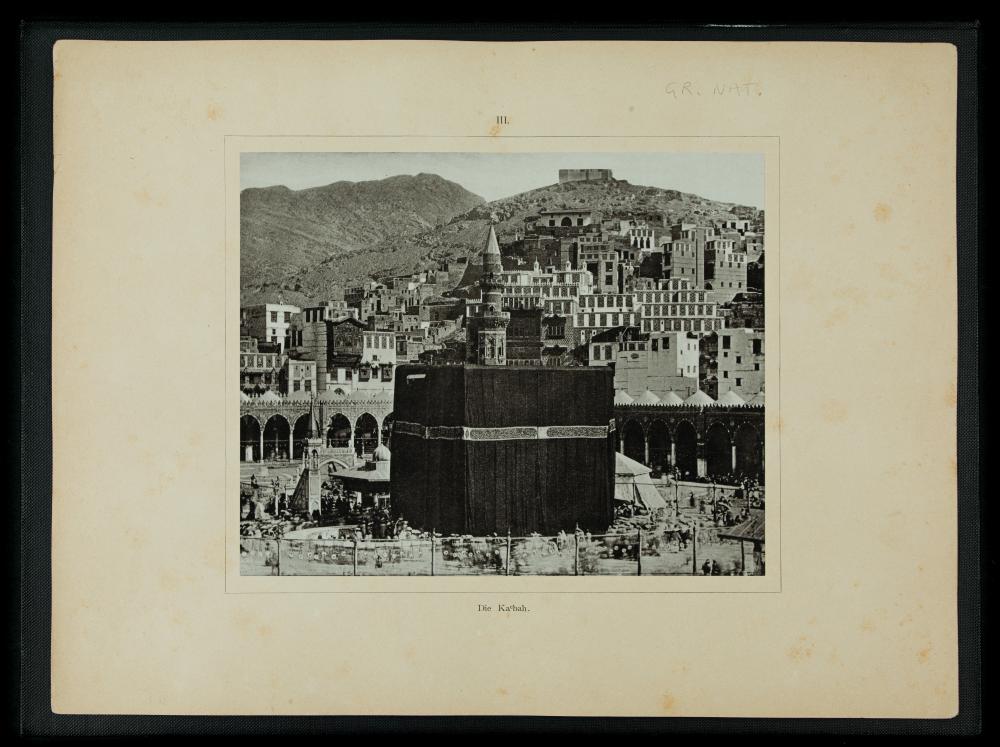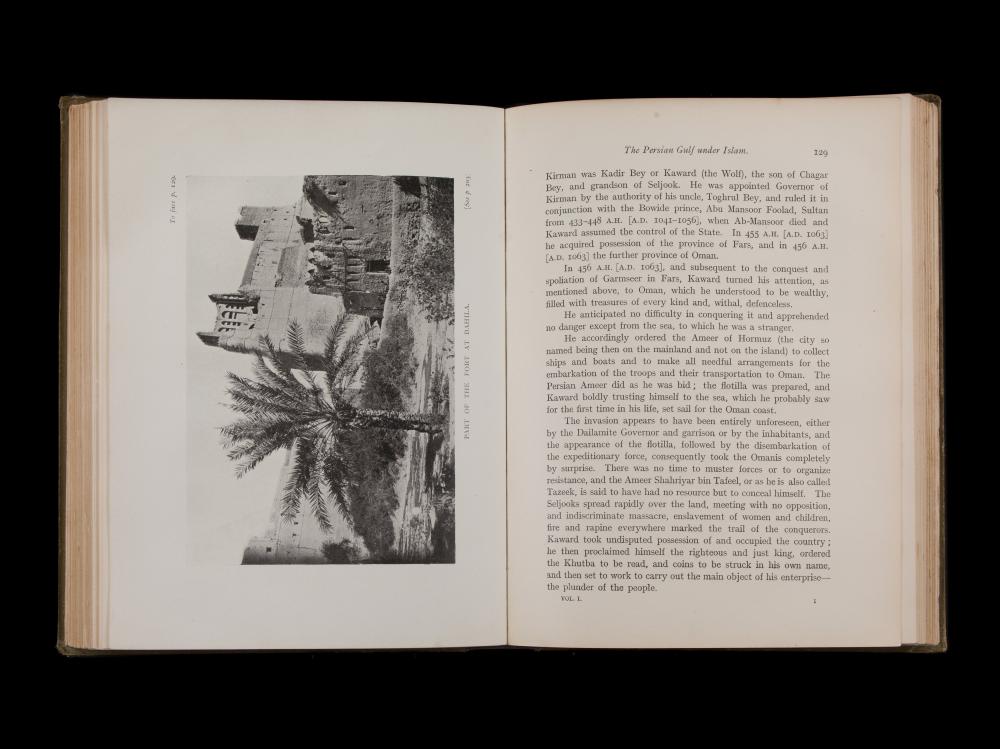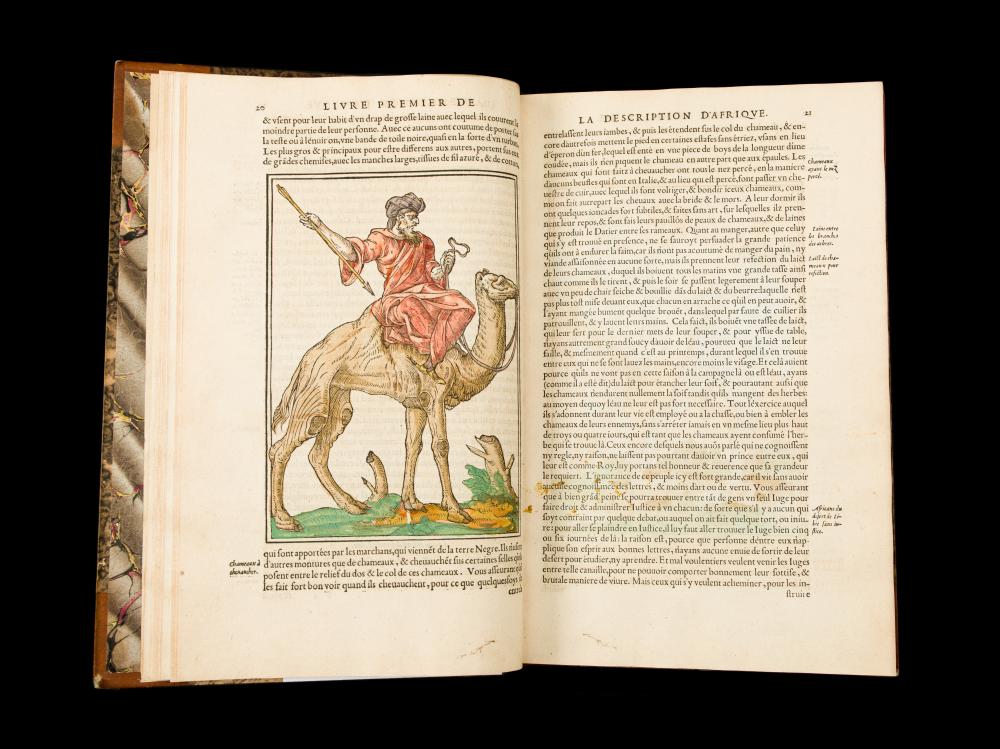1888-1889 |
Travel
Mekka
Maps
ExhibitionSectionBanner

Maps and Travels
Civilizations have long recognized the importance of maps throughout history. Maps are a vital source for learning about geography and essential tools to locate points of interests. Examples from antiquity were small in size and pictorial in nature. They were often crude and the maker only showed features they wished to record. Although earlier world maps, such as the Ptolemaic map, were known to the classical world in the 2nd century A.D, the field of cartography became widely popular in the late Middle Ages. Not only was beauty in mind when making them but map makers strove for an unprecedented level of accuracy. The growth of publishing houses, expeditions across the seas and society’s thirst for knowledge played a role in shaping the way maps were made. The collection of maps at the MBRL is exceptional as it provides a window into how people of the past viewed their world.MbrlExhibitionFeatured
Exhibition_Landing_Featured_Item_Title
Some of our Featured Collectables. View the latest items
.



